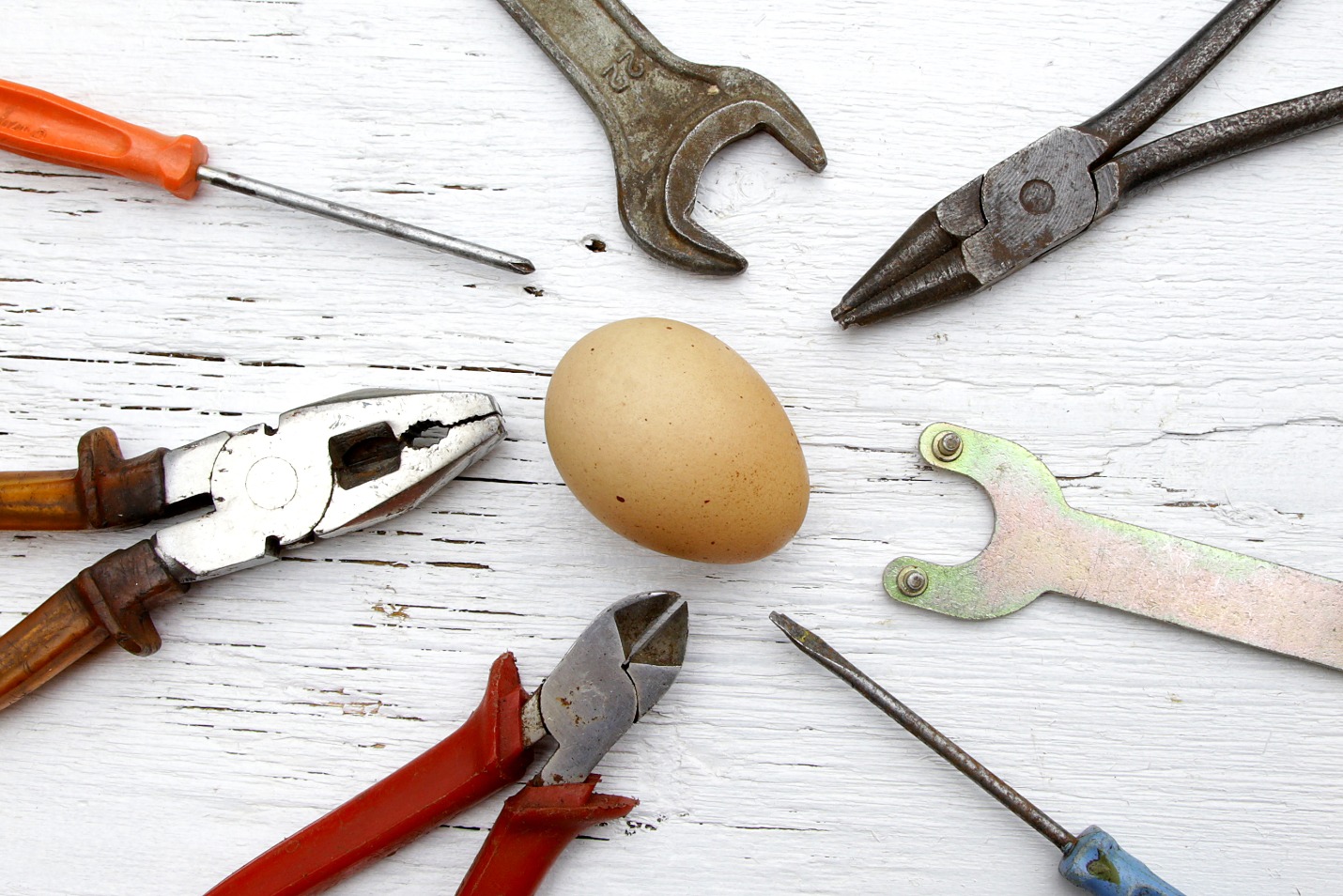5 Common Plumbing Mistakes Homeowners Make
February 09, 2021

5 Common Plumbing Mistakes Homeowners Make
It is both exciting and satisfying to fix a plumbing problem in your house on your own, but if things go wrong, your DIY project is sure to give you a headache. If you are a new homeowner and planning to resolve a plumbing problem in your house, take a moment to review this article before you start. We have listed five common plumbing mistakes that homeowners make to save you from experiencing the same.
- Tightening the connections too much: Using too much force to tighten pipes and fittings could seem like it would give you better installation, but it could actually cause damage. When you try to overtighten an elbow, shut off valve, galvanized pipe, or coupling, it could crack the fitting and cause a leak instead of fixing the problem. Once your fitting is secure enough that it does not make any further movement when hand tightening, you don’t need to tighten it any further.
- Using wrong tools and fittings: It is critical to know and have the right tools and fittings to complete your plumbing DIY projects successfully. For example, if you use a Flat Head screwdriver instead of a Phillips head screwdriver to remove the screw from a faucet, it could damage the screw and make it harder to remove. Also, if you mix up the wyes, tees, and elbows on a plumbing project, you could end up with unpleasant smells and severe damages. The best practice is to research the right tools and fittings before starting your plumbing project.
- Pouring chemical products into the drain: When clogged drains are giving you a hard time, using a chemical product is often the first choice of homeowners to clear the clog. Unfortunately, this handy solution is not always the best option. Some of the chemicals in these products are strong enough to harm galvanized plumbing. The pipes could become leaky and cored after their use. There are alternative ways to clear clogs that do not harm the plumbing system.
- Plunger: Most of the time, a clogged garbage disposal is the root of a backed-up kitchen sink. If the side of the sink that has the garbage disposal doesn’t drain, try your hand at using a plunger to force the clog down the drain.
- Hand Auger: Additionally, you can use a hand auger or a drain snake to dislodge stubborn clogs from the drain.
- Natural Products: For an all-natural approach, pour a pot of boiling water into the drain, then pour 1 cup baking soda into the drain followed by a solution 1 cup water and 1 cup vinegar. Cover the drain for 10 minutes, then pour another pot of boiling water into the drain. The bubbling reaction of the baking soda and vinegar solution will loosen the clog and clear the drain without harsh chemicals.
- Forgetting to turn off the water. To save yourself from a terrible mess, DIYers must remember to turn off the water connections before starting any plumbing/water-related projects. Explore your home’s plumbing beforehand to familiarize yourself with how to turn off the water at the local shutoff valve to avoid gushing pipes leading to a small flood in your home. You should also know how to turn off the main water valve in case of emergency or an unknown location of the local shut-off valve.
- Violating the Local Building Codes: You might be patting yourself on the back for completing your small renovation project without the help of a professional and saving some money in the process, but if you didn’t comply with building codes, all your hard work and savings can go down the drain. Building codes are made to keep your building safe and adhere to local ordinances. Violation of these codes could cause a serious issue that may go undetected for years. It could also result in fines or the need to completely redo the entire project. If renovating to sell your home, a building inspector can easily spot any violations during their walk through of the property and ask you to resolve the issue, reduce the price or cancel the sale altogether. It is important to be aware of any building codes or local regulations before tackling a DIY plumbing project.

